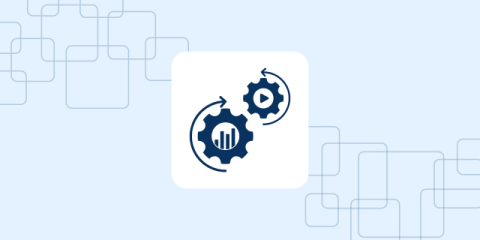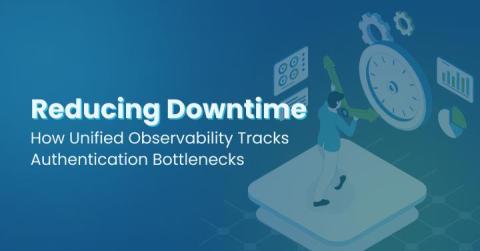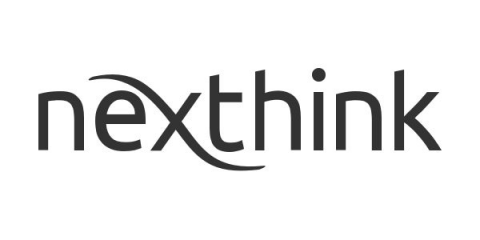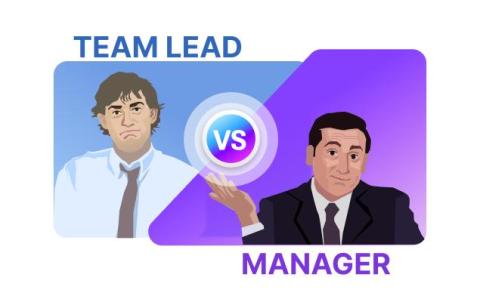Operations | Monitoring | ITSM | DevOps | Cloud
opsdemon
Latest posts
Incident Management Beyond Alerting: Utilizing Data & Automation for Continuous Improvement
Managing incidents effectively is not just about responding to alerts; it’s about building a resilient system that thrives on continuous improvement. Modern organizations operate in complex environments where even minor disruptions can escalate into major issues. This calls for a proactive approach that leverages data and automation to optimize the entire incident response lifecycle.
Reducing Downtime: How Unified Observability Tracks Authentication Bottlenecks
The user experience demands a seamless and secure method while logging in. According to a 2023 report by Statista, 66% of users report ditching a website or application due to lagging or authentication issues. Typical users expect the login to be fast and secure, regardless of Single Sign-On (SSO) or Multi-Factor Authentication (MFA).
Eng Mgrs on naughty list?
What would get EMs on the naughty list come Christmas?
Best practices for cloud-based network monitoring
When cloud adoption grew rapidly in the early 2010s, businesses started facing new challenges. Managing distributed systems, monitoring cloud-hosted applications, and ensuring network performance across global infrastructures became more complex. This shift in how businesses run IT operations creates a clear need for cloud-based network monitoring tools that can give you real-time insights into performance, security, and overall system health.
The Road to Autonomous Networks: Redefining Connectivity with AI and Automation
In today’s hyperconnected world, networks are the backbone of every digital operation. From powering seamless video calls to securing massive e-commerce transactions, networks are at the heart of modern business. However, managing these networks is no easy feat. Complexity has surged as organizations adopt hybrid clouds, IoT devices multiply, and data demands grow exponentially.
The Contradictions of VDI: Is Your Investment Delivering the Desired Performance?
The promise of Virtualized Desktop Infrastructure (VDI) is deeply compelling - by virtualizing desktops, businesses can simultaneously give employees more flexibility and improve their productivity, while also reducing costs. However, despite significant VDI investment, too many organizations are still unable to realize these promised benefits.
A Developer's Holiday Wish List for the CTO
As the year draws to a close, it’s the perfect time to reflect on achievements and set sights on what could make the next year even better. For engineering teams, this season is an opportunity to dream of the tools, practices, and culture shifts that drive engineering excellence in the year to come. Cortex|
Team Lead vs Manager: Setting the Boundaries
Should I code or run meetings? If I’m not allowed to approve new features, why am I to blame for delayed delivery? If that sounds familiar to you, this piece should be helpful.




















